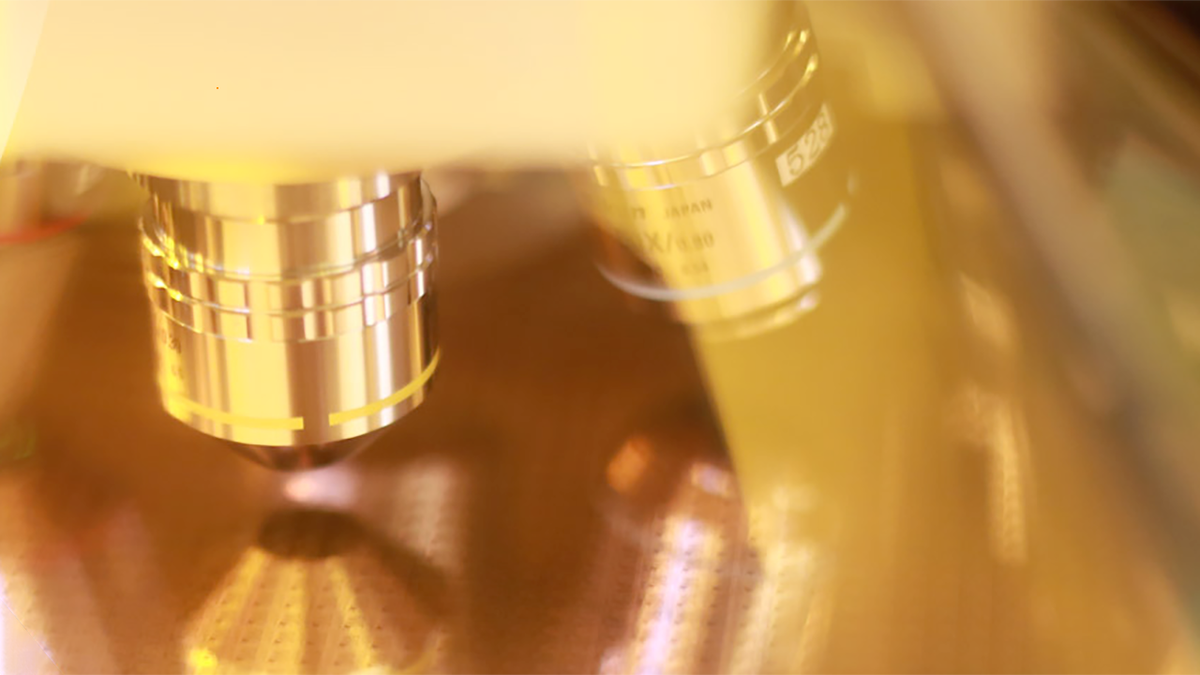TechanaLye, a Japanese reverse engineering company, estimated SMIC to be 3 years behind TSMC in technology advancement, after comparing Huawei's Kirin 9010 (SMIC 7nm) with its Kirin 9000 (5nm TSMC). The area of SMIC's 7nm mass-produced chip is 118.4 square millimeters, while TSMC's 5nm chip is 107.8 square millimeters; less than 10% area difference, but the processing performance is basically the same.
https://zh.cn.nikkei.com/china/ccompany/56519-2024-08-27-05-00-00.html
https://zh.cn.nikkei.com/china/ccompany/56519-2024-08-27-05-00-00.html
Last edited:


